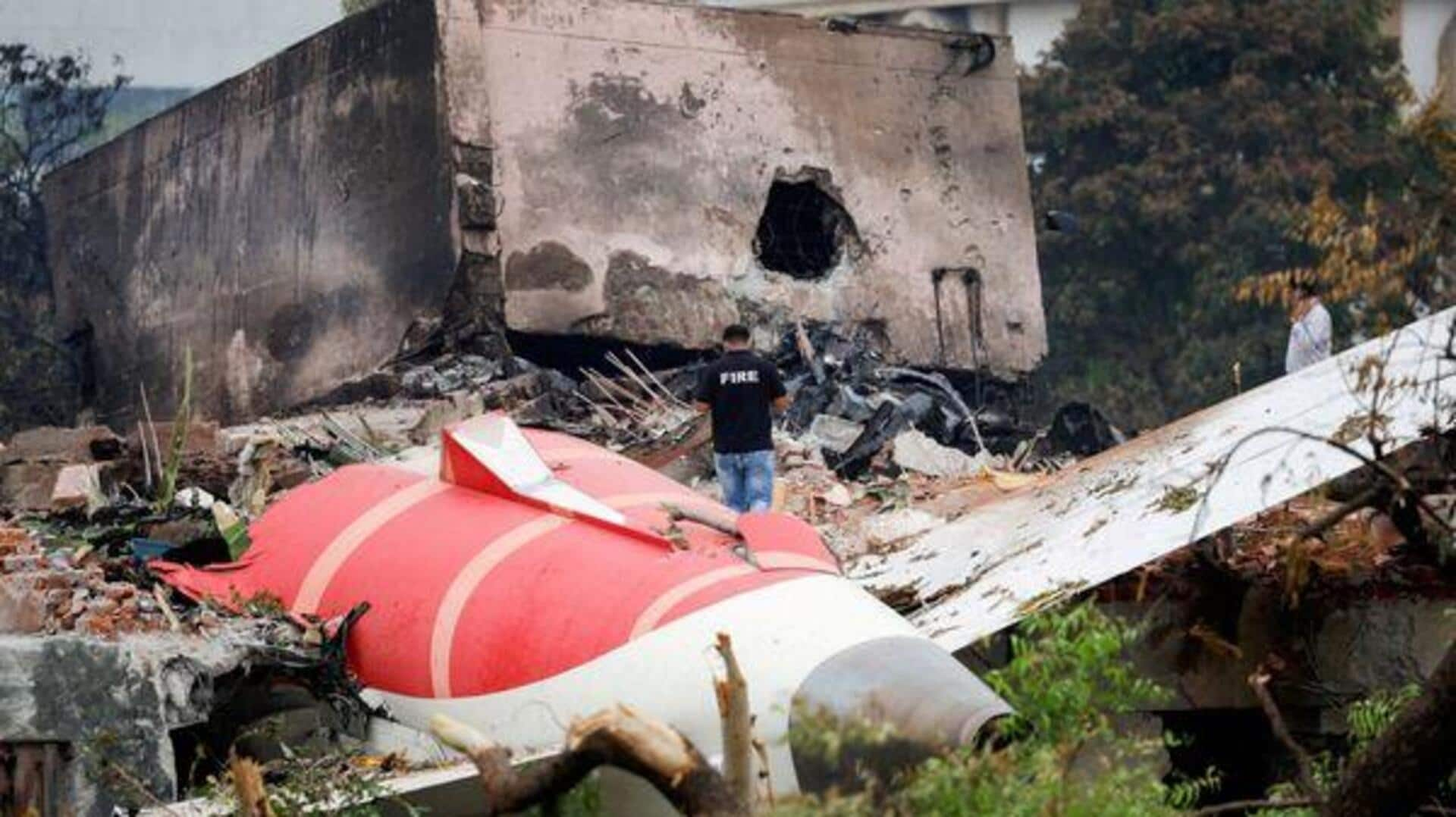
Air India crash may raise airline insurance costs by 30%
What's the story
The recent Air India crash in Ahmedabad, which killed 241 people on board and dozens on the ground, is likely to trigger a major surge in airline insurance costs. Experts predict a hike of 10% to 30% for airlines worldwide. The increase is expected due to the massive scale of the disaster and its impact on insurance claims. The incident has already resulted in huge claims, totaling around $475 million.
Premium increase
Experts predict hikes across most airline policies
Sajja Praveen Chowdary, Director at Policybazaar, expects a 10-30% increase in premiums for hull, war-risk, and liability insurance. The prediction comes as insurers reassess risks amid rising global claims. Rohit Boda, Group Managing Director at J.B. Boda Group, also predicts a 10-25% rise across most airline insurance policies due to the scale of the crash prompting underwriters to revisit pricing and risk models.
Insurance details
Total insurance claims around $475 million
The Ahmedabad crash resulted in a total loss of the aircraft and extensive third-party damage. This has pushed total insurance claims to around $475 million, including hull and engine loss as well as passenger and third-party liabilities. Air India insures its fleet worth $20 billion for an annual premium of about $30 million. The airline is bracing for a major financial fallout from this incident.
Worldwide effect
Premium hikes won't just be limited to Air India
The premium hikes won't just be limited to Air India or Indian carriers. Insiders say the impact will be redistributed to airlines across the globe. This incident could become a key reference point for future risk pricing. Global aviation insurers are already dealing with a rise in war-risk exposures due to ongoing hostilities in Ukraine, Red Sea disruptions, and rising geopolitical tensions in the Middle East.
Risk factors
Current tensions in Strait of Hormuz and Red Sea
Current tensions in the Strait of Hormuz and the Red Sea have complicated risk calculations for airlines and insurers. Volatile airspaces such as Iran, Yemen, and parts of the Mediterranean are seeing increased war-risk surcharges. Indian carriers are largely insulated by diversified oil procurement and a strong domestic travel market, but still face higher fuel-related costs along with rising insurance premiums.